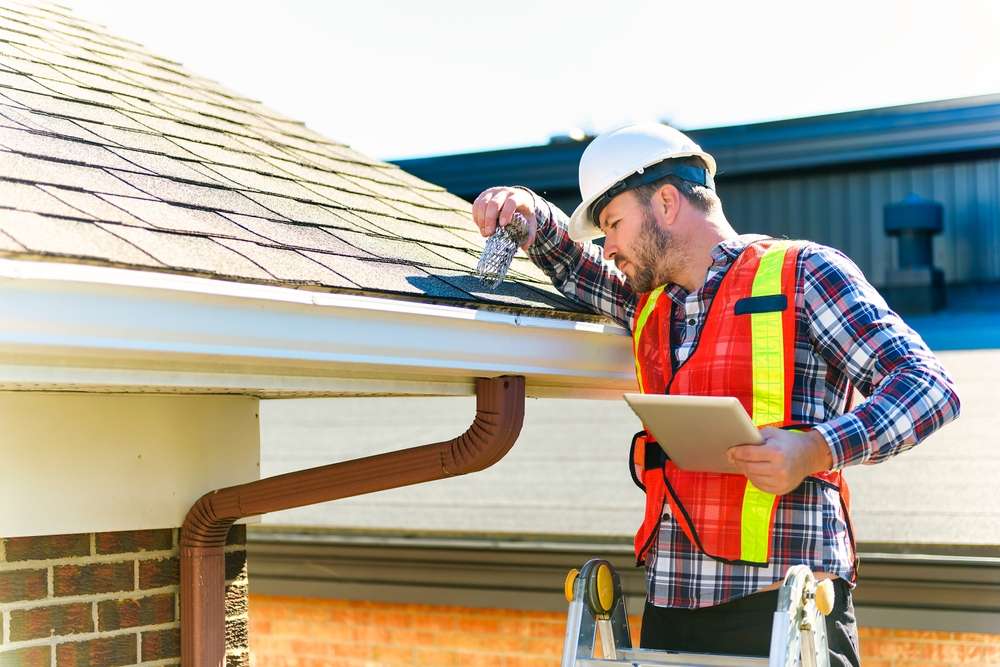Understanding Roofing Services: Costs, Types, and When to Hire Professionals
Navigating the world of roofing services can be overwhelming for homeowners. With various materials, installation techniques, and pricing structures to consider, making informed decisions about your roof requires understanding the fundamentals. This comprehensive guide explores different roof types, when professional help becomes necessary, and what you can expect to pay for quality roofing work.

Roofing is one of the most critical components of your home, providing protection against the elements while contributing significantly to your property’s overall appearance and value. Whether you’re building a new home, replacing an aging roof, or dealing with unexpected damage, understanding the basics of roofing services can save you time, money, and potential headaches. This article breaks down essential information about roofing costs, different roof types, and when it makes sense to call in professional help rather than attempting DIY repairs.
Understanding Different Types of Roofs
The type of roof on your home significantly impacts its durability, maintenance requirements, and overall cost. Asphalt shingles remain the most common roofing material in residential construction, offering a balance of affordability and reliability with a lifespan of 15-30 years. Metal roofing has gained popularity for its exceptional durability (40-70 years) and energy efficiency, though it comes at a higher initial cost.
Tile roofing, whether clay or concrete, provides distinctive aesthetic appeal and remarkable longevity (50+ years) but requires structural reinforcement due to its weight. Slate roofs represent the premium end of the spectrum, potentially lasting over a century with proper maintenance, though they’re among the most expensive options. For flat or low-slope applications, built-up roofing (BUR), modified bitumen, or single-ply membranes like EPDM (rubber) or TPO (thermoplastic) provide specialized solutions.
When to Hire a Professional Roofer
While some minor roof maintenance tasks can be handled by homeowners, most roofing work warrants professional attention. You should consider hiring a roofing contractor when dealing with extensive damage, such as multiple missing shingles or visible sagging. Water stains on ceilings or walls often indicate leaks that require professional diagnosis, as the source may be difficult to locate and properly repair.
Complete roof replacements should always be handled by professionals due to the complexity, safety concerns, and specialized equipment involved. Additionally, warranty considerations make professional installation crucial—many manufacturers void material warranties if their products aren’t installed by certified contractors. For older homes, professional assessment becomes particularly important as underlying structural issues may complicate what seems like a simple repair.
Recognizing Signs Your Roof Needs Attention
Proactive roof maintenance can extend your roof’s lifespan and prevent costly damage. Visual indicators like curling, cracking, or missing shingles suggest deterioration requiring prompt attention. Granules accumulating in gutters indicate shingle breakdown, while sagging areas point to potential structural issues. Interior signs such as water stains on ceilings, peeling paint, or mold growth often trace back to roof leaks.
Age remains a reliable indicator of roof condition—most asphalt shingle roofs require replacement after 20-25 years, regardless of appearance. After severe weather events like hailstorms or high winds, professional inspection is advisable even if damage isn’t immediately visible, as compromised roofing materials may fail prematurely if left unaddressed.
Factors Affecting Roofing Costs
Roofing costs vary widely based on multiple factors. Material selection creates the most significant price variation—basic asphalt shingles typically cost $90-$200 per square (100 square feet), while premium materials like slate can exceed $1,000 per square. Roof complexity, including pitch, number of layers, and architectural features like dormers or skylights, increases labor requirements and overall expense.
Your geographic location influences both material and labor costs, with prices typically higher in metropolitan areas. The scope of work—whether repair, partial replacement, or complete tear-off—naturally affects the total investment. Seasonal timing can also impact pricing, with many contractors offering discounts during slower periods (typically late fall through winter in many regions).
Typical Roofing Costs and Comparison
Understanding the financial investment required for different roofing options helps in planning your project effectively. The table below provides a comparison of common roofing materials and their associated costs.
| Roofing Material | Average Lifespan | Cost Per Square (100 sq ft) | Total Cost for Average Home (2,000 sq ft) |
|---|---|---|---|
| Asphalt Shingles | 15-30 years | $90-$200 | $5,000-$12,000 |
| Metal Roofing | 40-70 years | $150-$600 | $8,000-$24,000 |
| Clay/Concrete Tile | 50+ years | $300-$700 | $16,000-$32,000 |
| Wood Shakes | 20-40 years | $250-$600 | $14,000-$26,000 |
| Slate | 75-100+ years | $600-$1,700 | $25,000-$50,000 |
| Flat Roof Systems | 10-25 years | $250-$350 | $8,000-$15,000 |
Prices, rates, or cost estimates mentioned in this article are based on the latest available information but may change over time. Independent research is advised before making financial decisions.
Beyond material costs, labor typically accounts for 40-60% of the total project expense. Additional factors like removing existing layers, addressing structural issues, or upgrading ventilation systems can add $1,000-$3,000 to the overall cost. Most professional roofing companies offer free estimates, allowing you to compare options before committing to a contractor.
Choosing the Right Roofing Professional
Selecting a qualified roofing contractor involves several important considerations. Always verify proper licensing and insurance—including both liability and workers’ compensation coverage—to protect yourself from potential liability. Established local contractors with physical business addresses tend to provide more reliable service and warranty support than traveling or temporary operations.
Review credentials carefully, looking for manufacturer certifications that indicate specialized training. Request and contact references from recent projects similar to yours, and examine online reviews while recognizing that even excellent contractors may have occasional negative feedback. Detailed written estimates should specify materials, labor, timeline, payment schedule, and warranty information.
Avoid contractors requesting full payment upfront—standard practice involves a deposit (typically 10-30%) with remaining payments tied to project milestones. Remember that the lowest bid isn’t always the best value, as quality materials and proper installation techniques significantly impact long-term performance and cost-effectiveness.
Investing in quality roofing services provides lasting protection for your home while potentially increasing its value. By understanding different roof types, recognizing when professional help is necessary, and having realistic cost expectations, you can make informed decisions that balance immediate budget considerations with long-term performance and durability.




